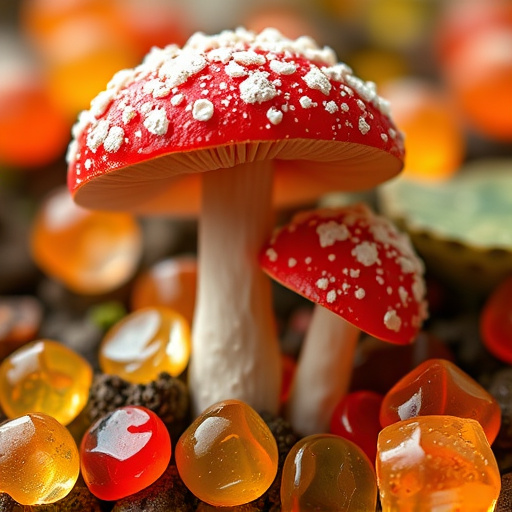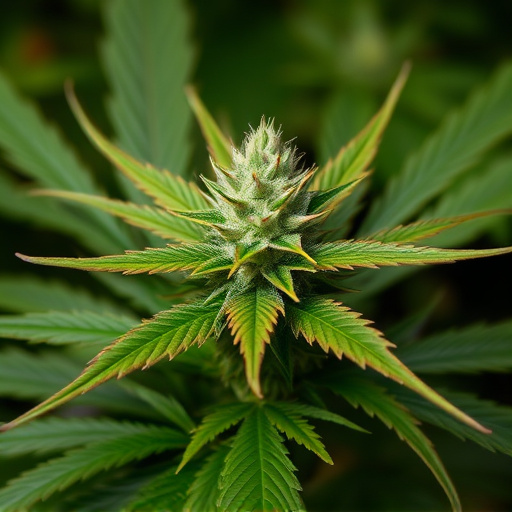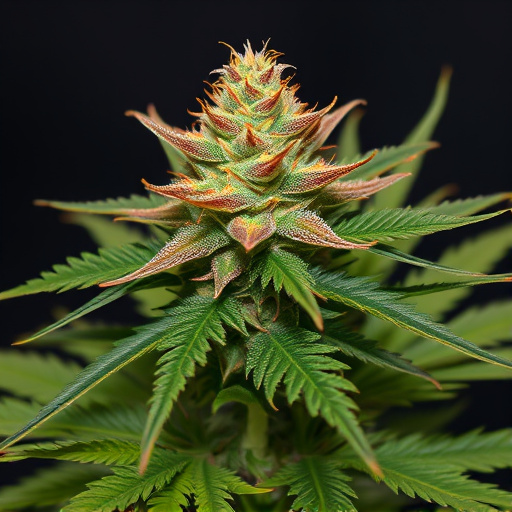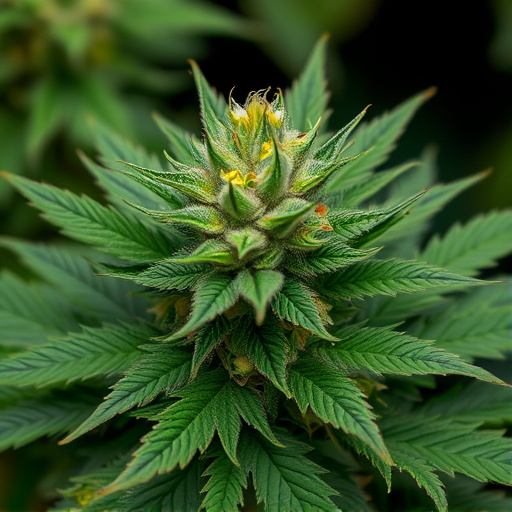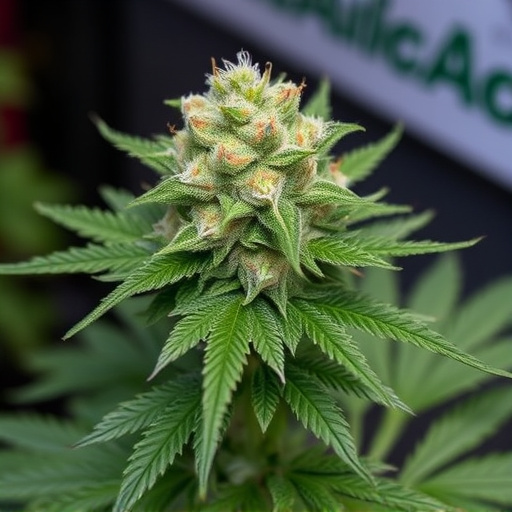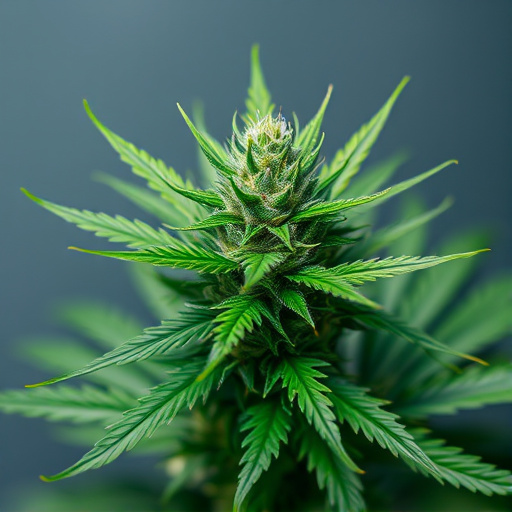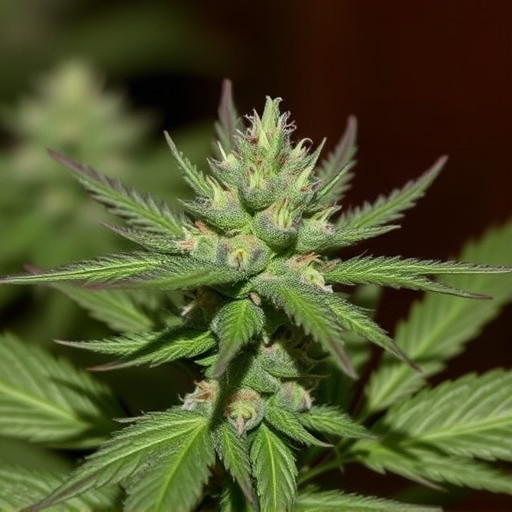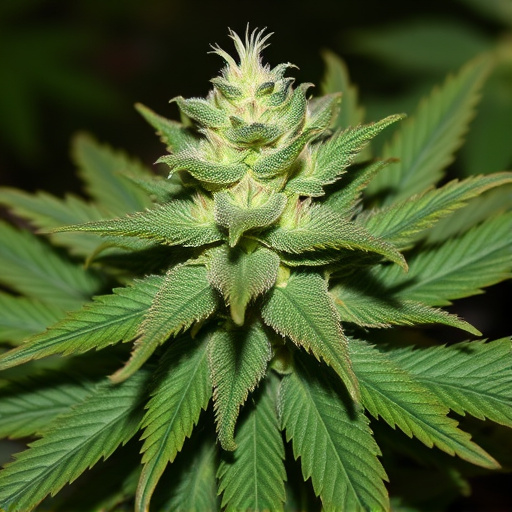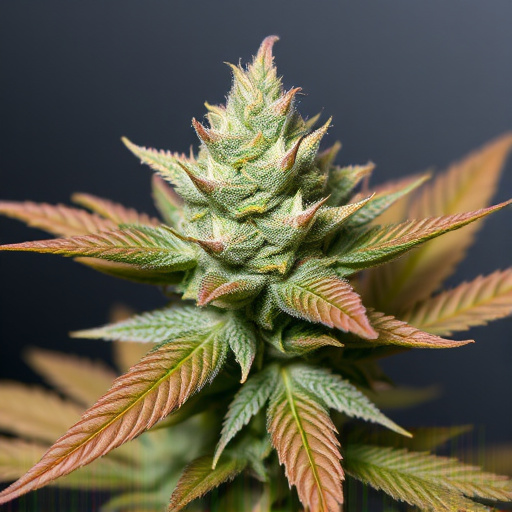TL;DR: Smoking rare cannabis strains delivers short-term effects like heightened senses, appetite increases, and creativity boosts, but also carries risks such as dizziness, dry mouth, anxiety, and paranoia. These strains' high THC levels can lead to unpredictable mental alterations, impacting memory and coordination. To safely enjoy them, users should introduce small amounts into their routine, being mindful of potential long-term health implications, especially with prolonged use.
Smoking weed, or cannabis, has become increasingly normalized, yet understanding its side effects is crucial. This article delves into the short-term and long-term health implications of regular cannabis use, highlighting physical and mental reactions, as well as potential hidden costs. We explore rare cannabis strains as a means to mitigate negative effects, offering alternatives with lower THC content and unique CBD properties for better mental health. By considering these options, users can make informed decisions about their consumption.
- Short-Term Effects: What to Expect Immediately After Consumption
- – Physical reactions: Dizziness, increased heart rate, dry mouth, red eyes
- – Mental impacts: Altered perception, relaxation, potential anxiety or paranoia, impaired memory and coordination
Short-Term Effects: What to Expect Immediately After Consumption
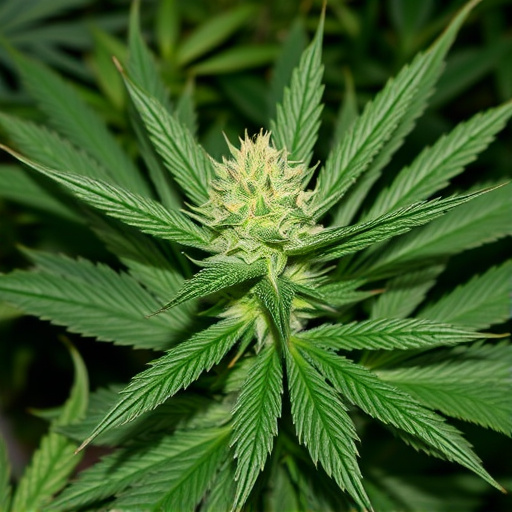
Immediately after consumption, users can expect a range of short-term effects from rare cannabis strains. The experience is often characterized by heightened senses and a altered state of mind. Common sensations include increased appetite, known as “the munchies,” and a sense of relaxation or euphoria. Some may also experience heightened creativity, as rare strains often contain elevated levels of THC, the primary psychoactive compound in cannabis.
Visual and sensory distortions are another potential short-term effect, where colors seem more vibrant, sounds appear louder, and time can feel distorted. This is due to cannabis’ influence on serotonin receptors in the brain. While generally considered benign, these effects can be intensified by high consumption or unexpected dosage. It’s crucial for users to start with small amounts, especially when experimenting with rare strains known for their potent properties.
– Physical reactions: Dizziness, increased heart rate, dry mouth, red eyes
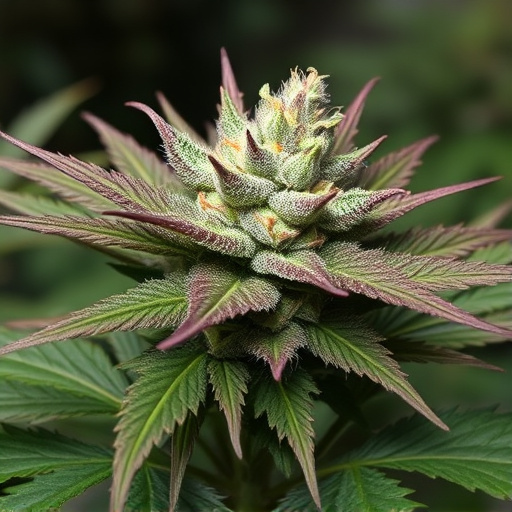
Smoking weed can trigger a range of physical reactions, especially in those new to the substance or who consume high-potency rare cannabis strains. Users may experience dizziness and lightheadedness, often accompanied by an increased heart rate—a temporary surge that can be quite intense. This is particularly notable among individuals with pre-existing cardiovascular conditions or those prone to anxiety. The dry mouth effect, known as xerostomia, is another common side effect, leading to a decreased ability to swallow or speak clearly. Additionally, red, bloodshot eyes are a visible sign of cannabis use, resulting from dilated pupils and increased blood flow to the eye’s surface.
These immediate physical reactions can be unpleasant and may indicate potential long-term health implications, especially with frequent and heavy use. Understanding these side effects is essential for consumers, particularly when exploring different rare cannabis strains, as it empowers them to make informed decisions regarding their consumption habits.
– Mental impacts: Altered perception, relaxation, potential anxiety or paranoia, impaired memory and coordination
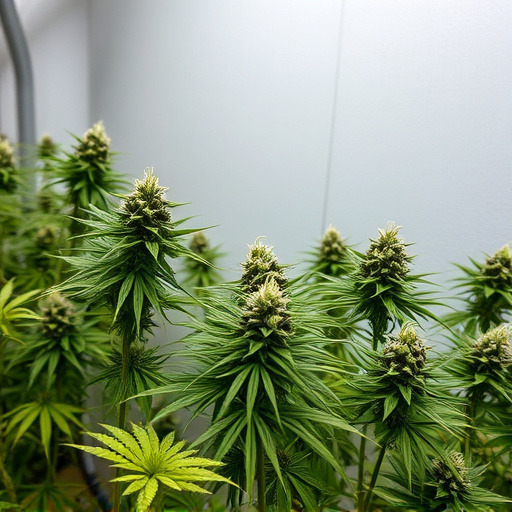
Smoking weed can have significant mental impacts, often underreported but equally concerning. While many users experience relaxation and altered perception, these effects can sometimes take a darker turn. The high induced by cannabis can lead to heightened feelings of anxiety or paranoia, particularly in individuals predisposed to these conditions. Moreover, regular use has been linked to impaired memory and coordination, which can affect daily functioning and decision-making abilities.
Rare cannabis strains, often sought after for their potent effects, may exacerbate these issues due to higher levels of THC (tetrahydrocannabinol), the primary psychoactive compound. While these strains promise intense experiences, they can also trigger adverse reactions, especially in unsupervised or high-dose settings. It’s crucial to understand that cannabis’ mental impacts are not one-size-fits-all and can vary greatly among users.
While cannabis has its recreational attractions, it’s crucial to be aware of its potential side effects, especially with the emergence of rare cannabis strains. Short-term consumption can lead to physical symptoms like dizziness and dry mouth, as well as mental impacts including altered perception and impaired memory. Rare strains, often touted for their unique benefits, may intensify these effects, highlighting the importance of understanding what you consume. Remember that moderation and awareness are key to a safe and enjoyable experience.

